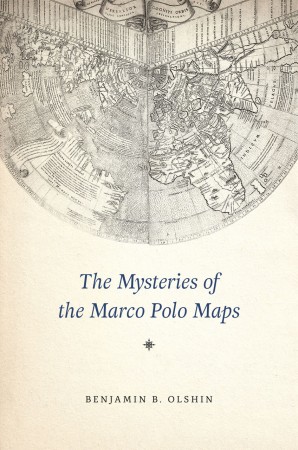Manduchai - Die letzte Kriegerkönigin
- von
- Gebundene Ausgabe: 592 Seiten
- Verlag: Droemer HC (1. September 2014)
- Sprache: Deutsch
- ISBN-10: 3426199661
- Roman
- Asien im 15. Jahrhundert: In einer Zeit der Männer greifen zwei Frauen nach der Macht.
- Die Geschichte Chinas und der Mongolei wurde durch sie geprägt: Manduchai, Königin der Mongolen, Wan, die wahre Herrscherin auf dem Drachenthron.
- Sie sind die mächtigsten Herrscherinnen ihrer Zeit - zu einem hohen Preis:
- Manduchai muss sich gegen ungeheure Widerstände bis an die Spitze der Mongolenheere kämpfen. Ihr gefährlichster Rivale dabei ist ausgerechnet ihre große Liebe. Doch es gelingt ihr, und sie kann das Volk Dschingis Khans noch einmal zur alten Größe führen.
- Wan war zunächst die Kinderfrau des chinesischen Kaisers, dann seine Geliebte, ehe sie in den Rang der kaiserlichen Konkubine aufstieg und zur wahren Herrscherin Chinas wurde. Trotzdem musste sie tagtäglich um die Gunst des Kaisers gegen Eunuchen, Minister, Kriegsherren und junge schöne Rivalinnen kämpfen. Doch erst in Manduchai erkennt sie die ebenbürtige Gegnerin, die ihr gerade geformtes Reich gefährdet. So gibt sie den Neubau der total verfallenen großen Mauer in Auftrag.
- Als sich die Frauen nach Jahren der Intrigen und Kriege, nach Jahren des Mordens gegenüberstehen, wissen sie, dass es in ihren Händen liegt, ob das Töten weitergeht ...
This is a fiction book, probably based (as I have not read it yet) on the historical and one of the most interesting women in the Mongol history Mandukhai Khatun (see the next article from Wikipedia)
Mandukhai Khatun
From Wikipedia, the free encyclopedia
| Mandukhai Khatun | |
|---|---|
| Khatun of the Mongols | |
 | |
| Modern illustration | |
| Khagan | Dayan Khan |
| Issue | Turbolad |
| Dynasty | Northern Yuan |
| Father | Chorosbai chingsang |
| Born | c. 1449 Mongolia |
| Died | 1510 Mongolia |
Mandukhai Khatun (Mongolian: Мандухай хатан, Chinese: 满都海哈屯; pinyin: Mǎndūhǎi Hātún), also known as Mandukhai Sechen Khatun (Mongolian: Мандухай сэцэн хатан, or Queen Manduhai the Wise), (c. 1449 – 1510) was the Khatun of theNorthern Yuan Dynasty or Post-Imperial Mongolia. She reunited the warring Mongols with her husband Batmunkh Dayan Khan.
Early life[edit]
Mandukhai was the only daughter of Chorosbai, chingsang (grand councillor) of the Ongud Mongols in eastern Mongolia. Her family were aristocrats. At the age of 18, Mandukhai was married to Manduul Khan, who ruled the Mongol Empire from 1473–1479, to whom she bore a daughter. Mandukhai then took precedence over Yekhe Khabartu Yungin, the childless first wife.
After the death of Manduul Khan in 1479 at the hands of his own advisor Eslem, a spy and an agent of Ming China, the throne was left without an heir. Mandukhai brought from hiding and adopted the seven year old orphan Batmunkh, son of the late Bayan Mongkhe Jonon, a direct descendant of Genghis Khan and part of the Altan Urug, who had also been killed by Esmel. As Batumunkh was the last living descendant of Genghis Khan, Mandukhai had him proclaimed Dayan Khan, and she rejected the marriage offer by General Unubold. However, Unubold, himself a descendant of Hasar, younger brother of Genghis Khan, remained loyal to Mandukhai and the child Khan.
Khatun of Mongolia[edit]
With command over the Mongols, Mandukhai made war with the Oirats, and defeated them. After oppressing the Western Mongols who consistently waged civil wars, Mandukhai and Dayan Khan punished them by demanding that they follow five codes.
The codes included:
- Crests of helmets must not exceed two fingers long
- Eat meat without a knife
- Do not call your Ger an Ordon (Palace)
- Do not refer to airag as tsegee
- Sit upon your knees before khans
The Oirats accepted everything except for the second one. Her stunning victory over the Oirats brought back great reputation of the Chinggisids.
When Batmonkh turned nineteen, she married him and retained her control over the Mongols. The Oirats again rebelled and raided the Eastern Mongols. Mandukhai lead the great army against them. She was pregnant, but still fought and delivered twin boys during a long battle. The Western Mongols were subdued once again.
From 1480, Dayan Khan and Mandukhai increased the pressure on the Ming territory because they closed the border trade and killed a Mongol envoy. To contain her, the Ming Chinese rapidly expanded the Great Wall and now used the new artillery of gunpowder to defeat her troops. Mandukhai married Dayan Khan but continued to rule Mongolia.[1] She reoccupied Ordos area and stationed soldiers there to keep watch on China. She reenthroned Dayan Khan at the Eight White Yurts in Ordos but they had to flee a Chinese attack. Mandukhai with Dayan Khan went to Kherlen River in 1501 though her husband continued Mongol raids on Ming China.
Mandukhai died by 1510. According to the most credible sources, Mandukhai died of natural causes, although there are legends that would have been a double agent murdered by Ming or by one of her husband's concubines. However, none of these stories consists of credible sources. As with Genghis Khan, it seems that her grave was never found.
Legacy[edit]
Mandukhai managed to keep Dayan Khan in power as a descendant of Genghis Khan, and she defeated the Oirats. Both feats have contributed to the legends which formed about her life.
She left seven sons and three daughters. The later khans and nobles of Mongolia are her descendants.
Queen Mandukhai the Wise (Mongolian: Мандухай сэцэн хатан) is a Mongolian film based on a novel of the same title by Ts. Natsagdorj; both recount her life.
References[edit]
- Davis-Kimball, Jeannine (2002). Warrior Women, An archaeologist's Search for History's Hidden Heroines. Warner Books, Inc. pp. 226–22. ISBN 0-446-52546-4.
- Weatherford, Jack (2010). The Secret History of the Mongol Queens: How the Daughters of Genghis Khan Rescued His Empire. Crown. ISBN 978-0-307-40716-0.

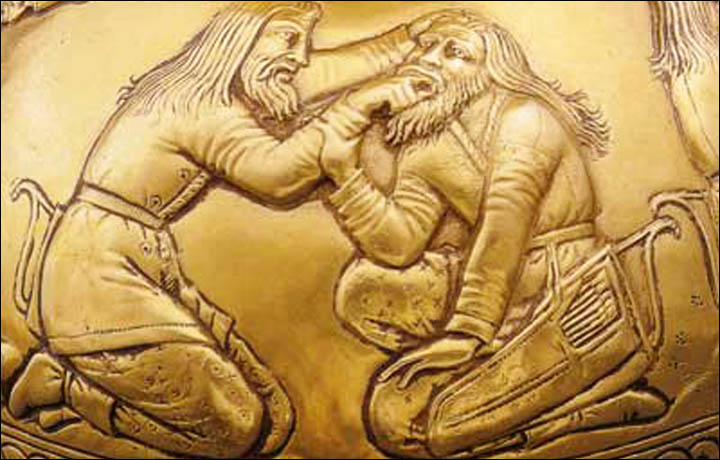
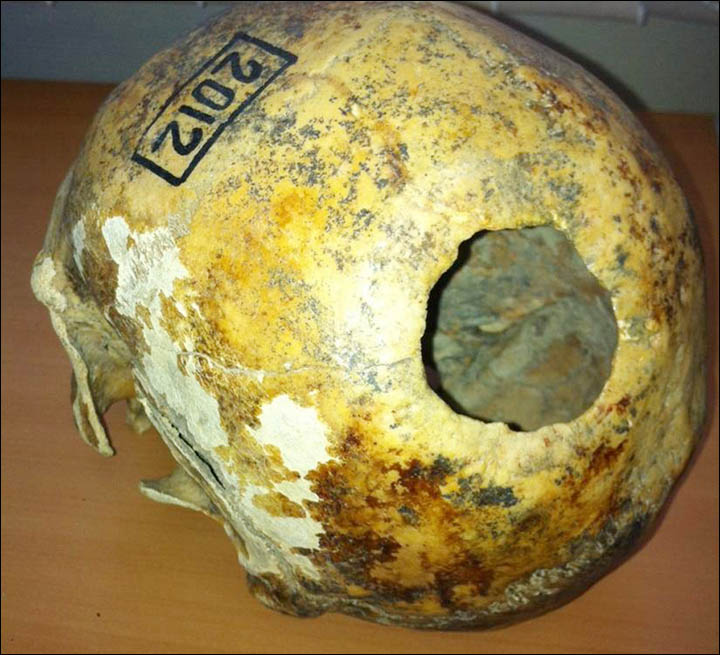


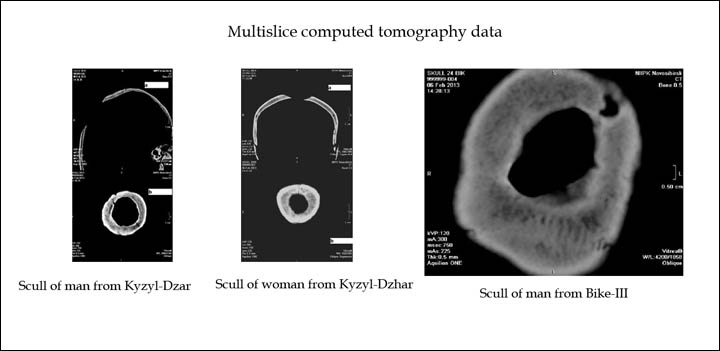
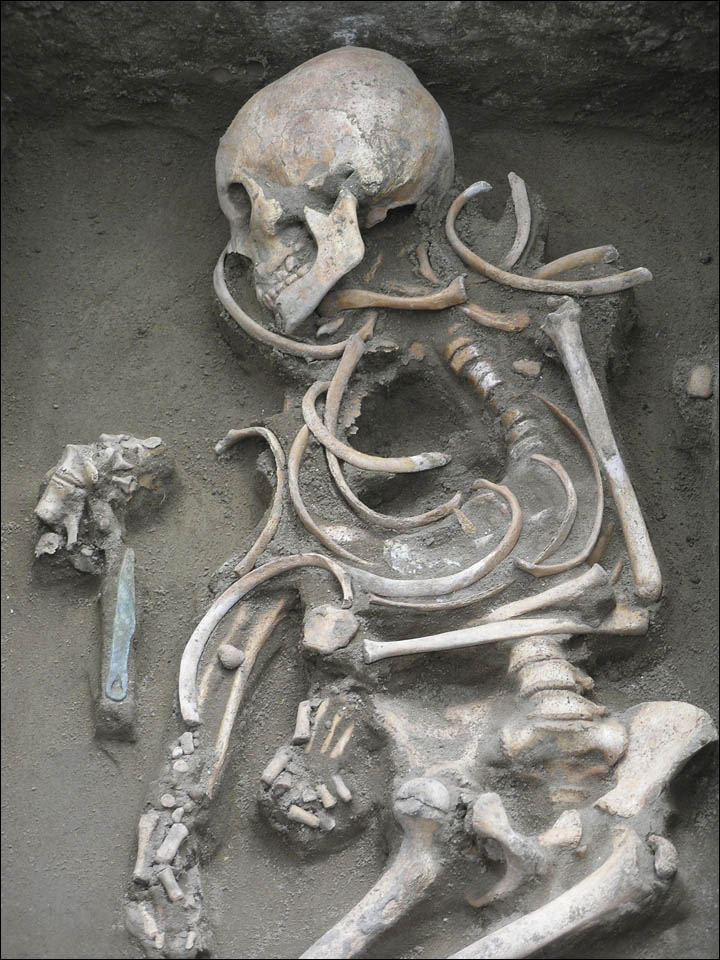














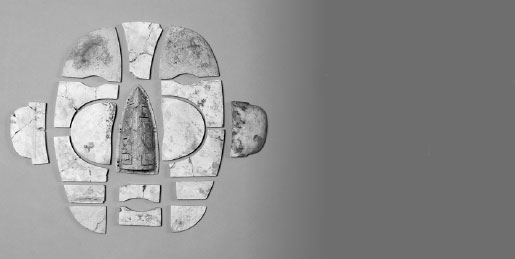

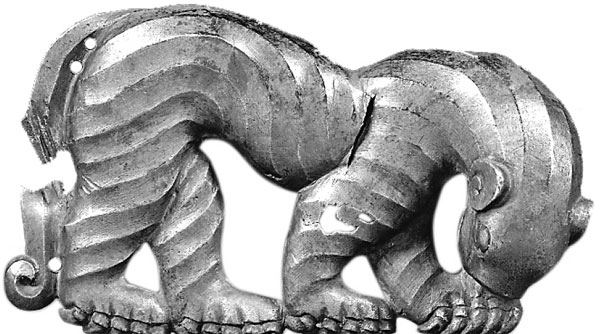
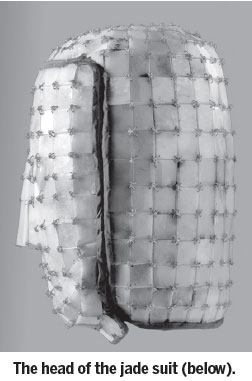
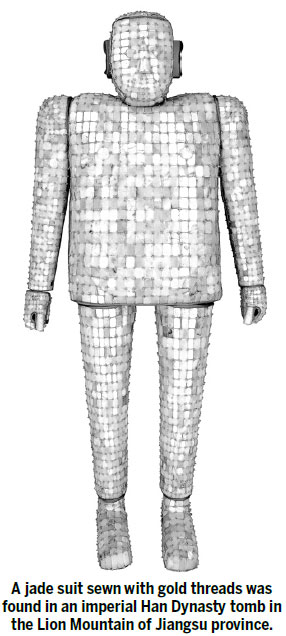
 Located a mere 4 hours away by air from Kansai International Airport in Japan is Ulan Bator, the capital of Mongolia. Just 400km west of that is Karakorum – a city designated as the capital of the Mongolian Empire after it was built as a military base by Genghis Khan in the early 13th century. It is in this city that artifacts of the Khitan Period were unearthed by Nara University (Japan) during an archaeological survey in 2009. The relics are being exhibited at the Karakorum Museum, which was built in 2011 with interest-free loans from the Japanese Government.
Located a mere 4 hours away by air from Kansai International Airport in Japan is Ulan Bator, the capital of Mongolia. Just 400km west of that is Karakorum – a city designated as the capital of the Mongolian Empire after it was built as a military base by Genghis Khan in the early 13th century. It is in this city that artifacts of the Khitan Period were unearthed by Nara University (Japan) during an archaeological survey in 2009. The relics are being exhibited at the Karakorum Museum, which was built in 2011 with interest-free loans from the Japanese Government.
 The next site is Baibalyk. Although the place has been listed as a World Heritage Site as the “Orhon Valley Cultural Landscape”, only some parts of the rammed-earth construction remain, while the rest have turned into vast grasslands that witness the occasional nomad group, herding sheep across the ruins leisurely.
The next site is Baibalyk. Although the place has been listed as a World Heritage Site as the “Orhon Valley Cultural Landscape”, only some parts of the rammed-earth construction remain, while the rest have turned into vast grasslands that witness the occasional nomad group, herding sheep across the ruins leisurely.
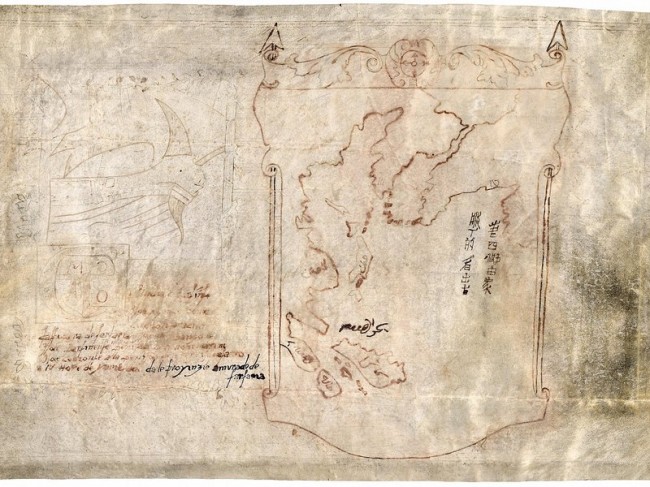
 , by Benjamin Olshin, which is to be published next month by the University of Chicago Press. This historian has been researching these documents for thirteen years, and revealed some of his findings in the article ‘The Mystery of the “Marco Polo” Maps: An Introduction to a Privately-Held Collection of Cartographic Materials Relating to the Polo Family,’ which appeared in the journal Terrae Incongnitae in 2007.
, by Benjamin Olshin, which is to be published next month by the University of Chicago Press. This historian has been researching these documents for thirteen years, and revealed some of his findings in the article ‘The Mystery of the “Marco Polo” Maps: An Introduction to a Privately-Held Collection of Cartographic Materials Relating to the Polo Family,’ which appeared in the journal Terrae Incongnitae in 2007.